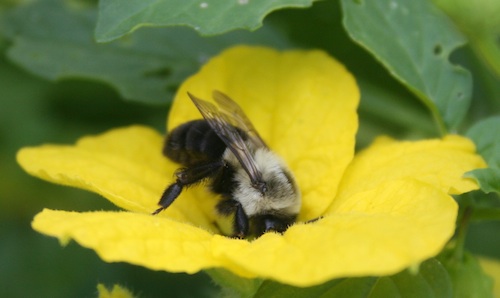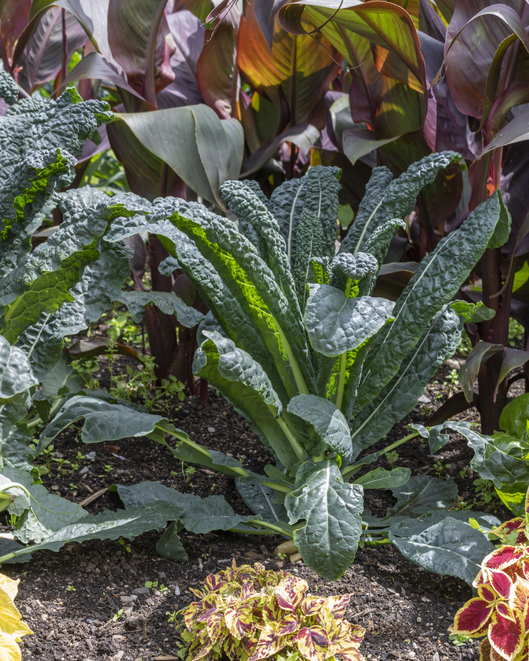You may be suffering like I am from the over-abundance of pollen. Before you curse the air as you pop in another anti-histamine, remind yourself to be thankful for that pollen. It helps provide the food, fiber and many other products we use every day.
Although many plants are self-pollinating or wind-pollinated, many more rely on insects and animals for pollination. Unfortunately for many of those pollinators, research shows that the health and populations of many pollinator species are declining.
You can use your garden and landscape as a haven for pollinators and provide valuable habitats and food sources while helping promote the pollination of important crops.
Flowering plants need pollinators
Of the more than 250,000 different flowering plants species known to exist, 90 percent require insects, birds, bats or other organisms to act as pollinators. These pollinators are important for the following reasons: they play a significant role in producing more than 150 food crops in the United States (including apples, almonds, peaches, soybeans and even kiwi); they pollinate the alfalfa and clover crops that feed many of our nation’s meat and dairy animals; and they help produce important medicines and more than half the fats and oils in our diet.
It has been said that every third bite of food we eat comes from a plant that depends on insect pollinators. Pollinators also help maintain and increase biodiversity while creating more food for wildlife. We tend to think that plants only need sunlight, food and water to survive, but for many of our plants, pollinators are just as critical.
Insects are our most abundant pollinating organisms. There are more than 100,000 varieties of insects that serve as pollinators, including bees, moths, butterflies, beetles and even flies. Bees are one of the most regarded and known pollinators. There are more than 3,500 species of native ground-nesting twig-nesting bees and wasps in the U.S.
The bumblebee is one common native bee that is especially good for pollinating blueberries and tomatoes. The honeybee was brought from northern Europe for the honey and wax they produce, but they play a pivotal role in pollinating our nation’s crops. In the U.S., the added value to agriculture from honeybee pollination is around $15 billion annually.
Many pollinators are threatened
Providing suitable habitats for pollinators is important because more than 50 pollinator species in the U.S. are listed as threatened or endangered by the U.S. Fish and Wildlife Service. Researchers believe that a combination of habitat loss, overuse or misuse of pesticides and introduction of exotic parasites, such as the Varroa mite, are to blame for the decline in honeybee and other pollinators’ populations.
Home gardeners and landscapers can provide pollinator-friendly gardens to preserve pollinator populations. Do this by adding pollinator-attracting plants from the following list:
- Trees and shrubs: American beautyberry, pawpaw, redbud, yaupon, yellow poplar, Southern magnolia and sassafras.
- Herbaceous perennials: purple coneflower, phlox, black-eyed Susan and goldenrod.
- Vines: crossvine, trumpet creeper and American wisteria.
These are only a few of the plants that can help provide sanctuary and food for pollinators. More detailed information is available at your local University of Georgia Cooperative Extension office. Ask for a list of the “25 Garden Plants that Attract Pollinators.”









